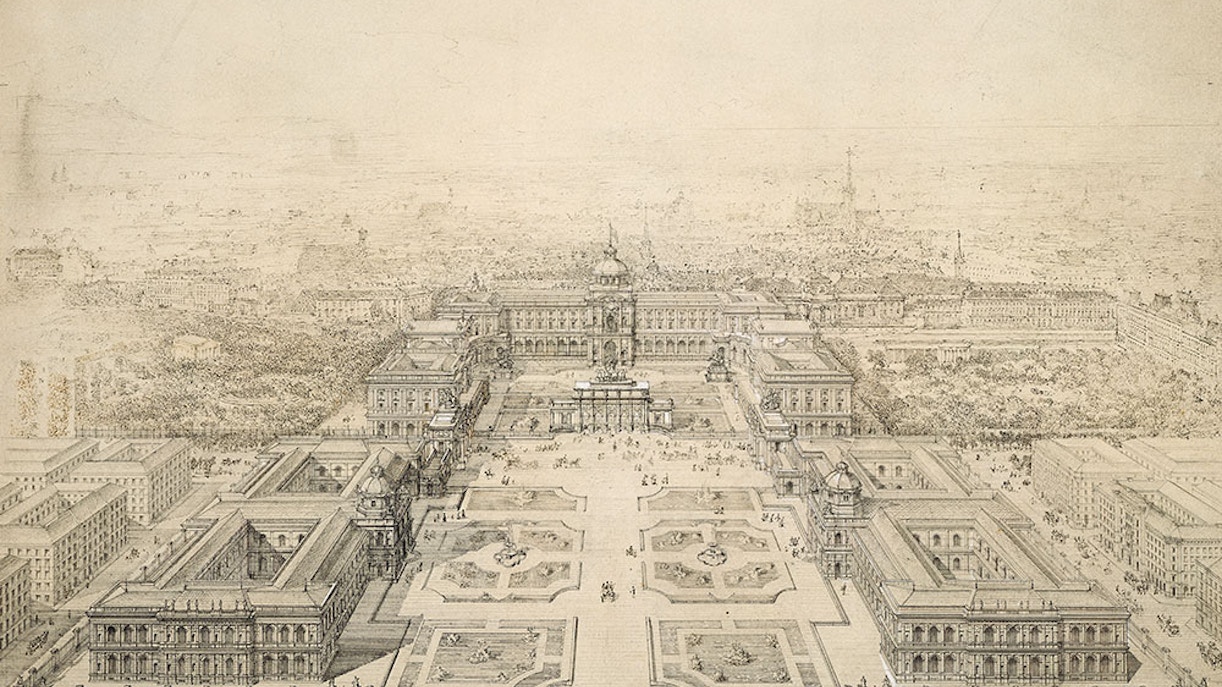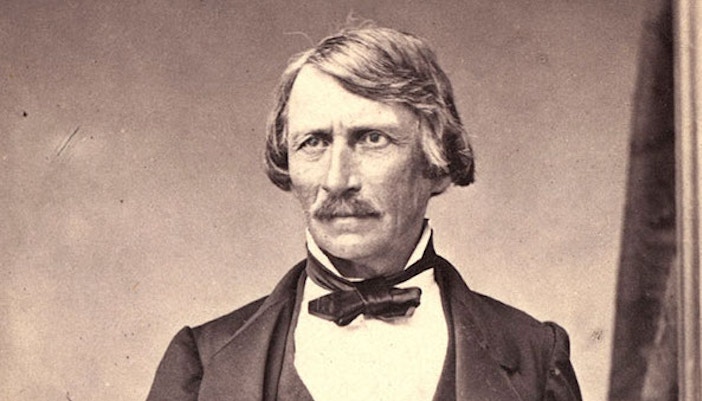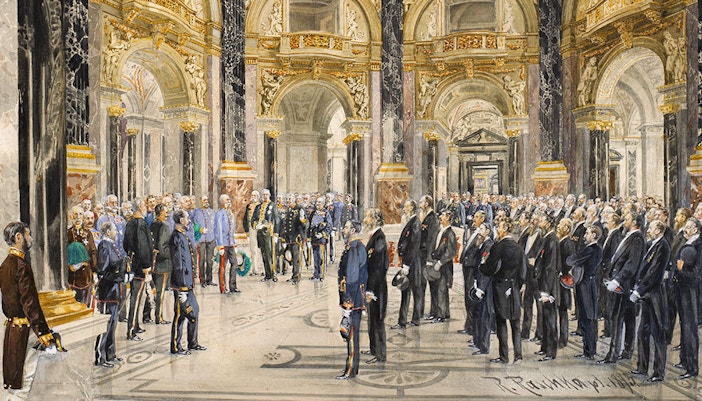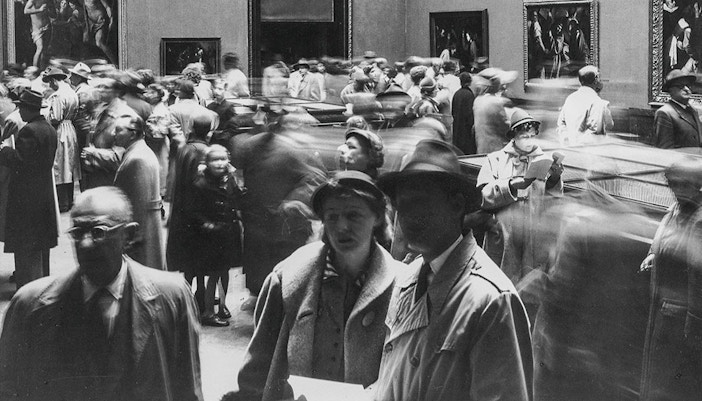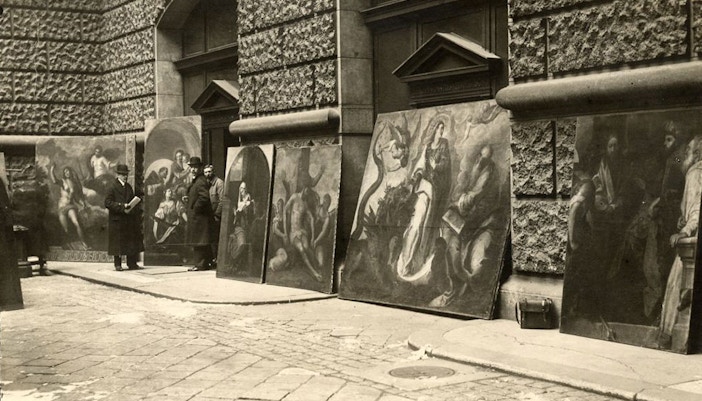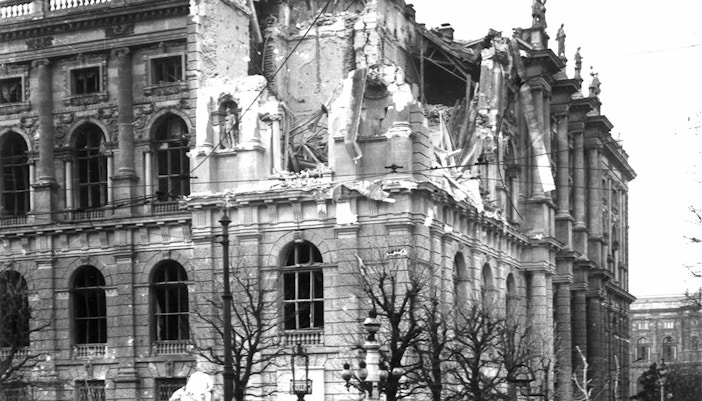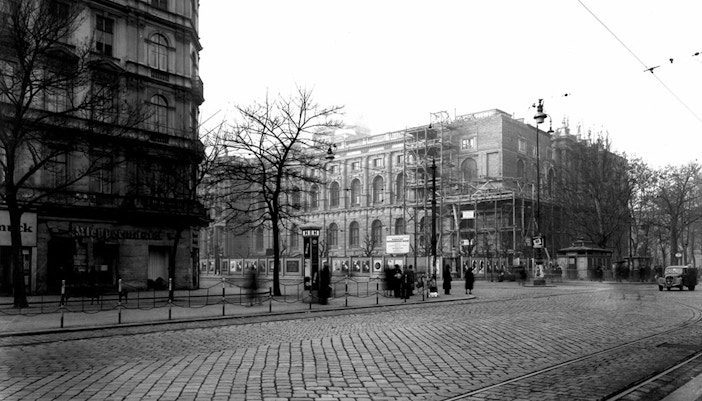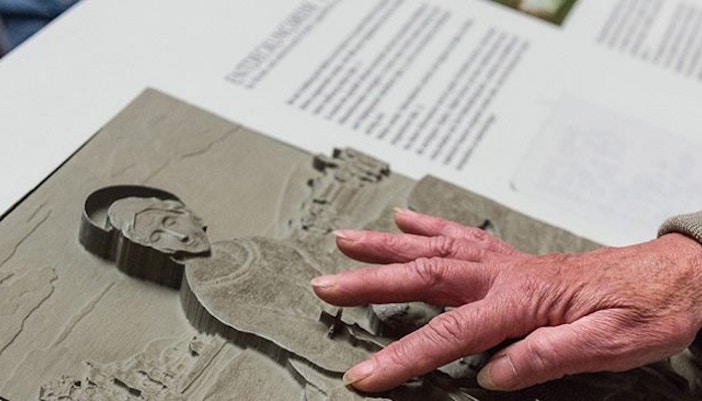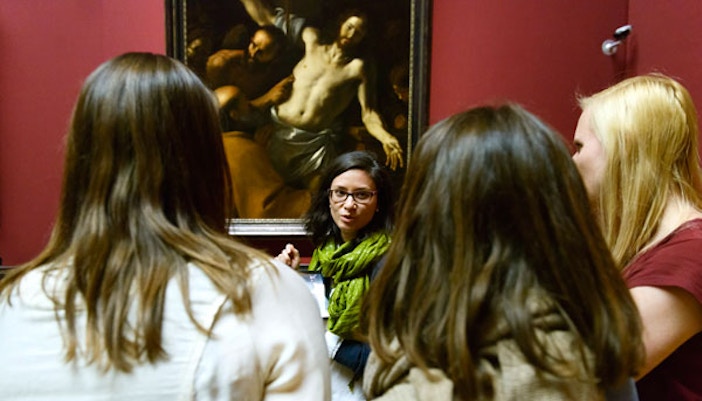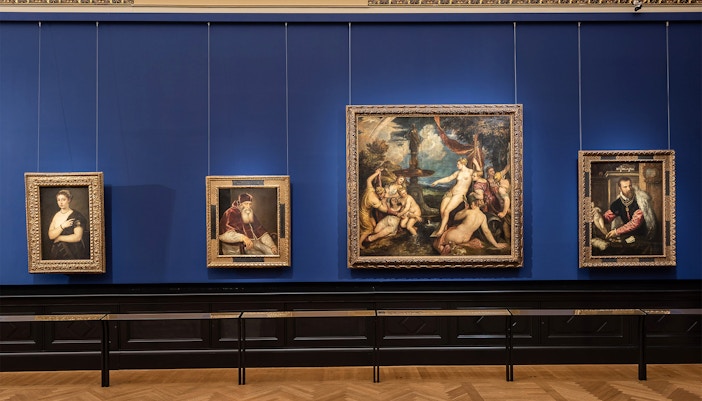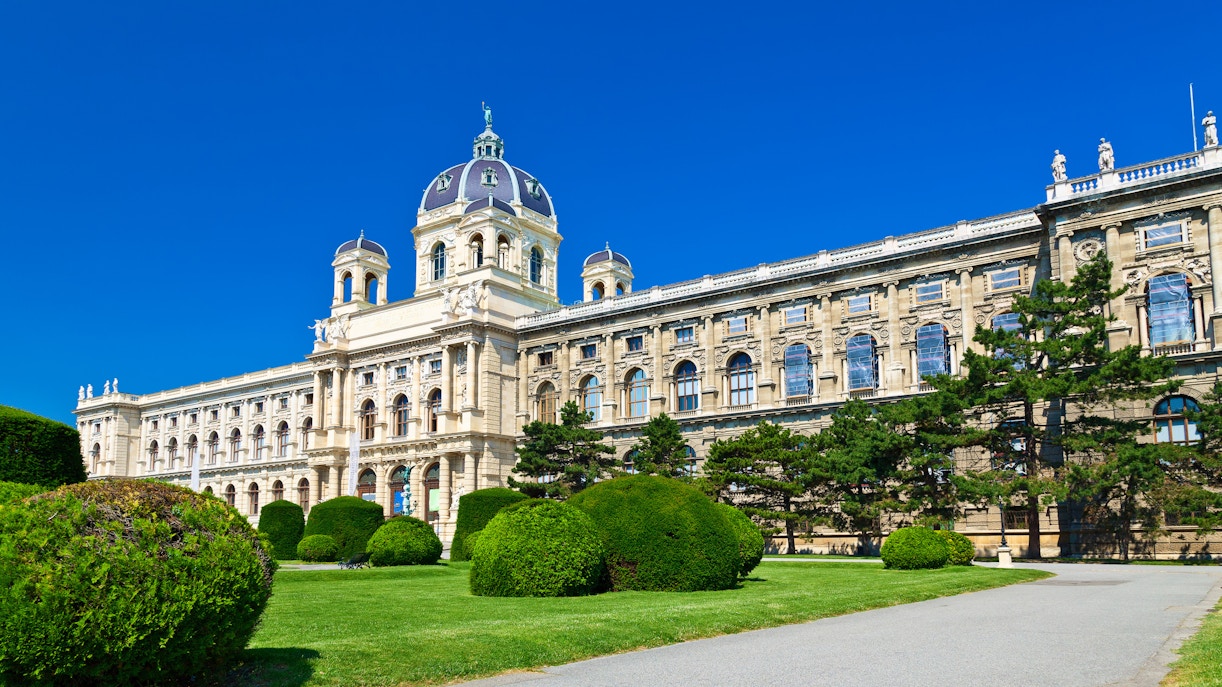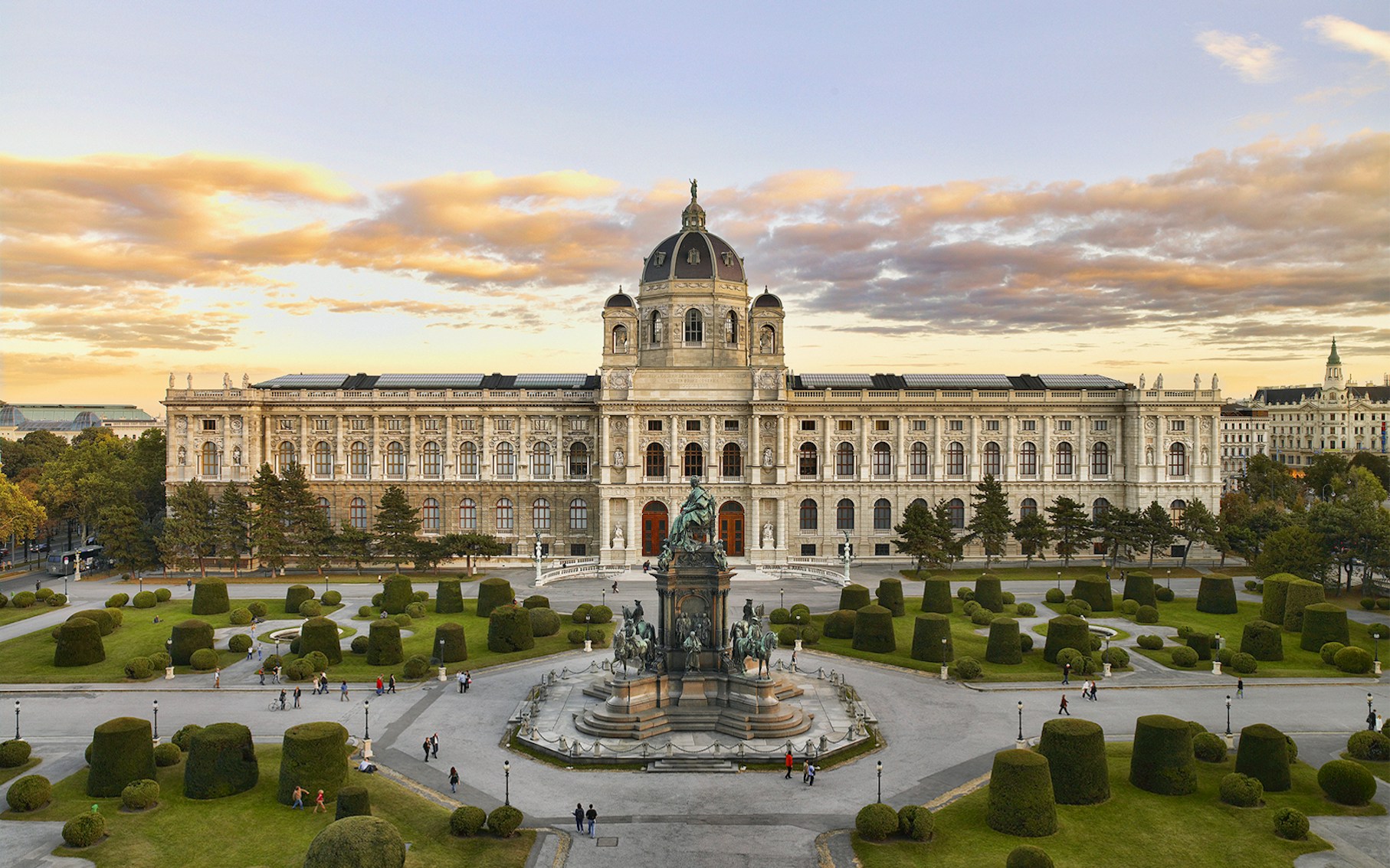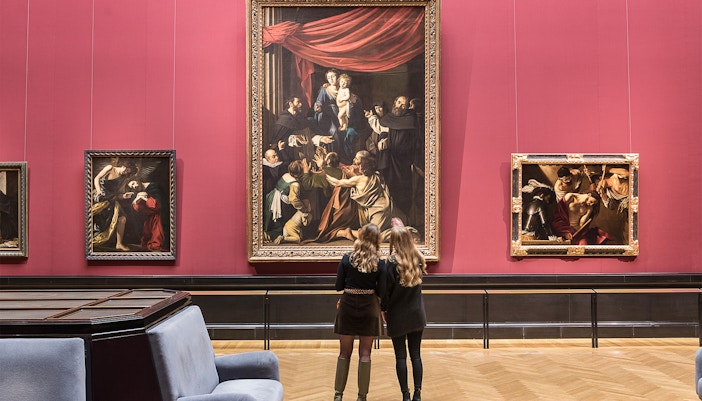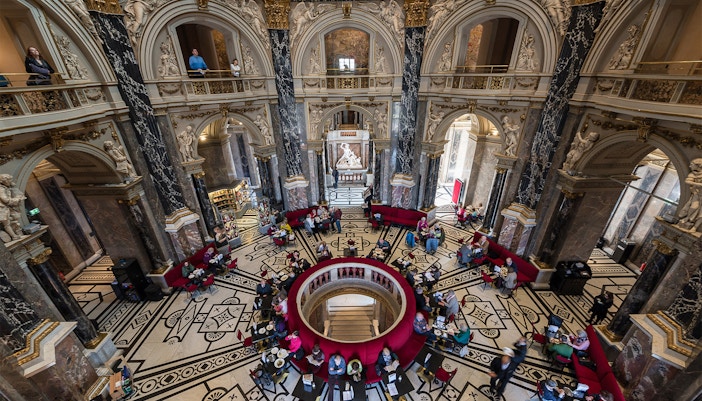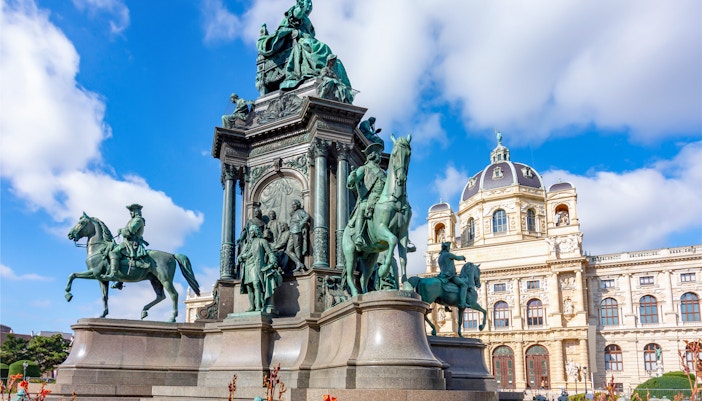- 1871: Construction of the museum was commissioned by Emperor Frans Joseph I and was worked upon by the lead architect Gottfried Semper.
- 1891: Kunsthistorisches Museum, which houses the Habsburgs' extensive art collection, opens its doors to the public.
- 1895: The museum adds a new wing to its building to accommodate the ever-growing collections.
- 1918: Following the collapse of the Austro-Hungarian Empire, ownership of the museum's collection is transferred to the new Austrian Republic.
- 1938-1945: During WWII, the museum is partially destroyed, and the collection is relocated for safekeeping.
- 1951: The museum undergoes renovations and reopens with a newly expanded collection.
- 2012: Museum introduces new multimedia installations, digital guides, and interactive displays.
- 2018: The museum celebrates its 125th anniversary with a special event and exhibition.
- 2020: The museum temporarily closes due to the Covid-19 pandemic but begins offering virtual tours, thus expanding its digital presence to a global audience.
Kunsthistorisches Museum timeline
